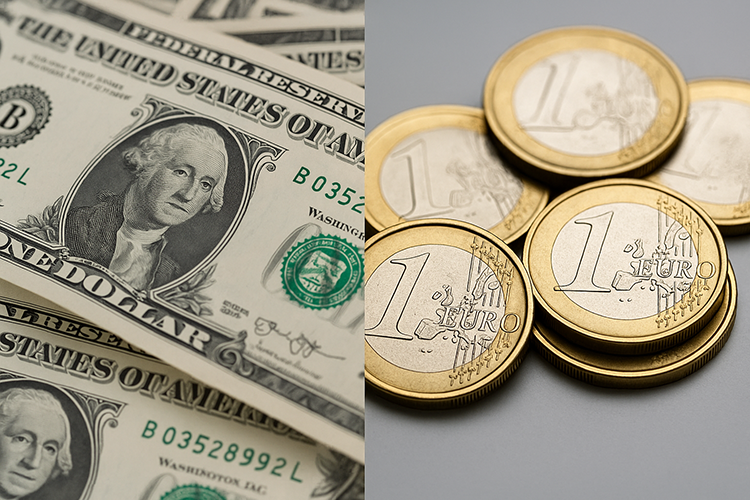2025-06-12
finance

In 2024, the euro remained the most widely used currency for exports from the European Union to countries outside the EU, accounting for 51.7% of all extra-EU export transactions. The US dollar followed with a 31.4% share, while currencies of EU countries not using the euro made up 3.0%. Other international currencies represented the remaining 13.4%. Out of the 27 EU member states, 20 primarily used the euro for exports beyond the EU. Slovenia reported the highest euro usage at 91.1%, followed by Croatia at 82.8% and Lithuania at 75.0%. Six EU countries relied more heavily on the US dollar for extra-EU exports. Cyprus (69.0%), Ireland (68.9%), and Greece (52.7%) were among those with the largest shares. Some countries, particularly those outside the eurozone, showed a significant use of their national currencies. Sweden reported a 58.7% share of exports in its national currency, while Bulgaria and Denmark reported 25.1% and 24.0%, respectively. For extra-EU imports, the US dollar was the leading invoicing currency, used in 51.1% of transactions. The euro was used in 39.7%, with non-euro EU currencies accounting for 1.6%, and other currencies 7.0%. The US dollar was the dominant currency for extra-EU imports in 18 member states. Lithuania (65.5%), the Netherlands (63.8%), and Finland (63.5%) reported the highest usage. In the remaining nine countries, the euro was the primary import currency, particularly in Slovenia (82.8%), Latvia (65.2%), and Slovakia (65.1%). National currencies of non-eurozone EU countries were most notably used for imports in Czechia (23.9%) and Denmark (12.3%). Source: Eurostat

